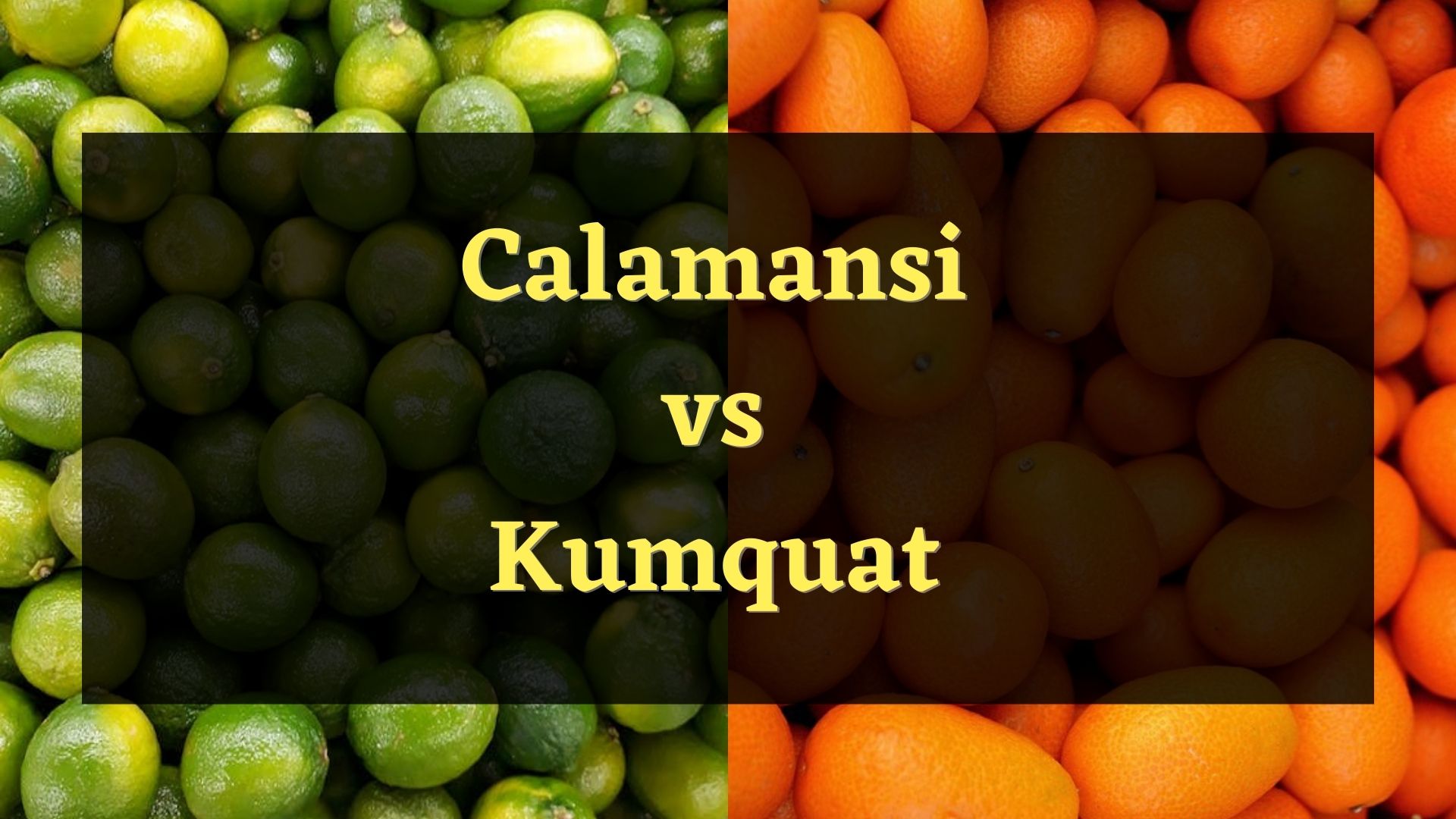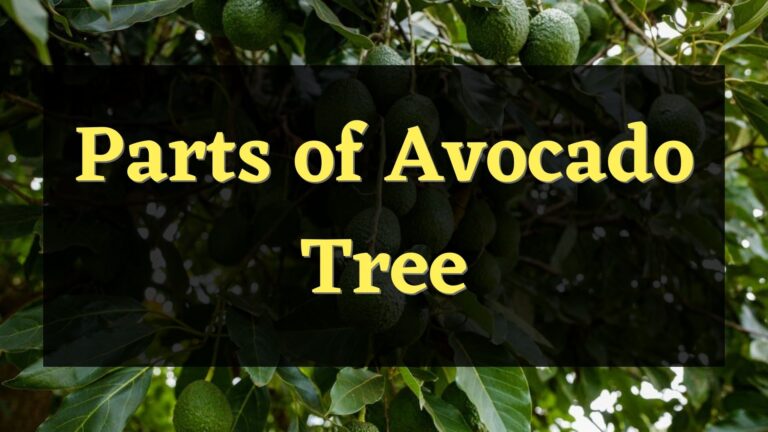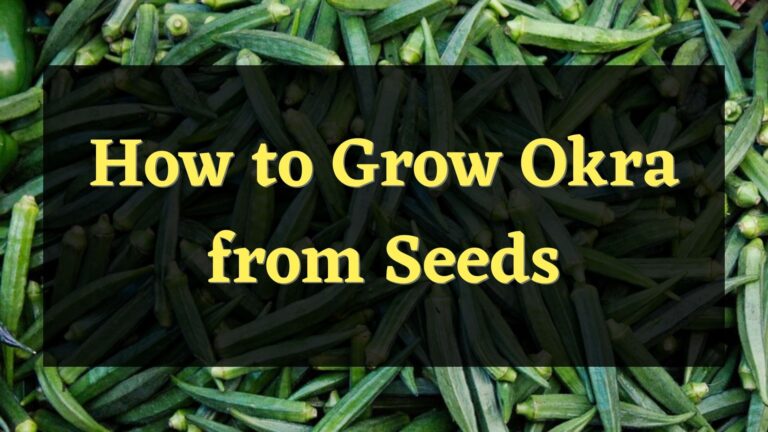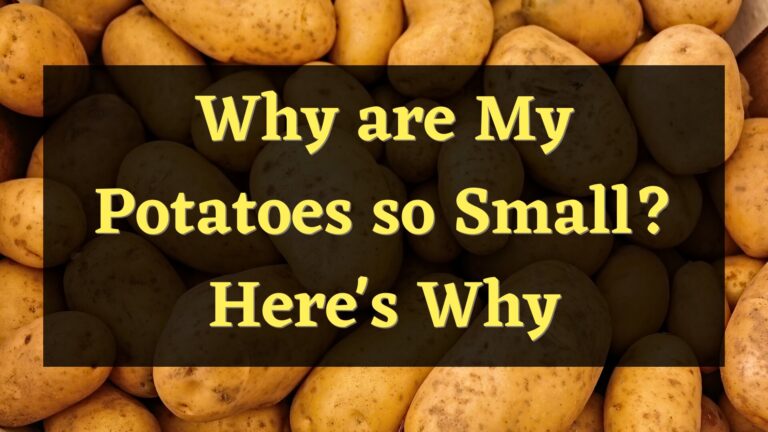Calamansi and Kumquat belong to the same family. They also have almost the same benefits. But what are the differences between calamansi vs kumquat? That’s what we are going to discuss in this article. We’ll take a glimpse of the exquisiteness of these fruits and learn to discover their essence to our health.
About Calamansi and Kumquat
We all know that fruits are the source and rich in vitamin C, also known as ascorbic acid or ascorbate, which helps develop strong immunity, strengthens cardiovascularly, stimulates the brain, and promotes skin health. Fruits are eaten raw or fresh or could be made as juices. It can also be prepared as a salad, can be combined with bread, pie, or cakes, and could be mixed in some dishes.
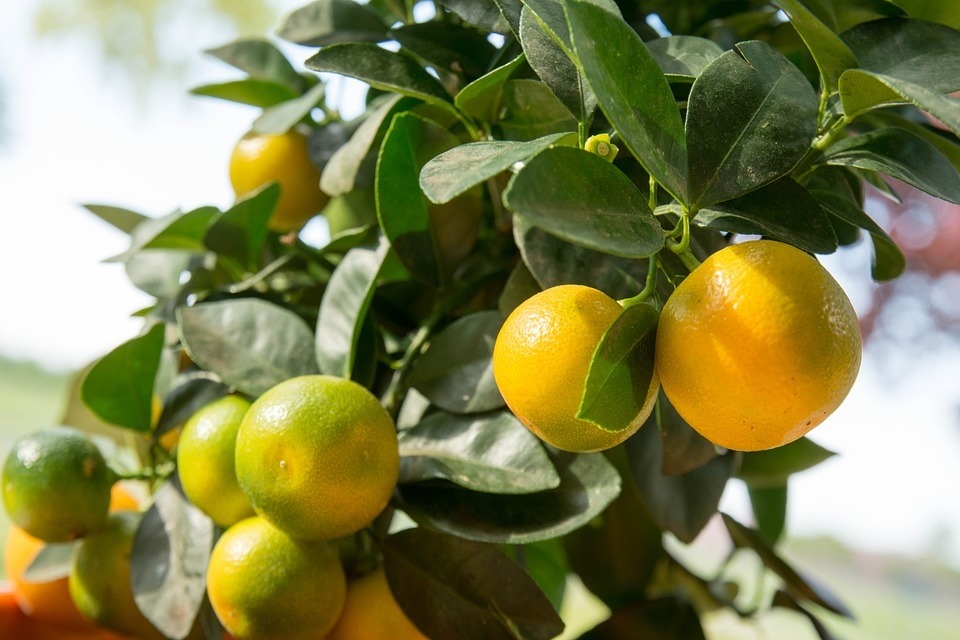
One of the fast-growing fruit in the Philippines, which is rich in Vitamins C, Antioxidant, Vitamin A, etc. are fruits that belong to the citrus family. Particularly, Calamansi also known as Calamondin and Kumquat are examples of it. These fruits do not only grow in the Philippines but also in other countries in South East Asia.
Calamansi vs Kumquat Differences
Both of these fruits have the same genre but have differences in some features and characteristics. Here are a few of these variances:
Shape and Size
The fruit of the calamansi bears a resemblance to a small, round lime, usually measuring from 25–35 mm or 0.98–1.38 inches in diameter, but if grown healthy, it sometimes measures up to 45 mm or 1.8 inches. Kumquat, on the other hand, is bigger than calamansi and it has an oval shape. It measures about 2.5 cm or 1 inch in diameter.
Color
When it comes to the color of calamansi vs kumquat, the young calamansi starts as green, and then when it starts to ripen, its color will changes from yellow to orange. While the kumquat is also green in color when unripe and changes to yellow order when ripe.
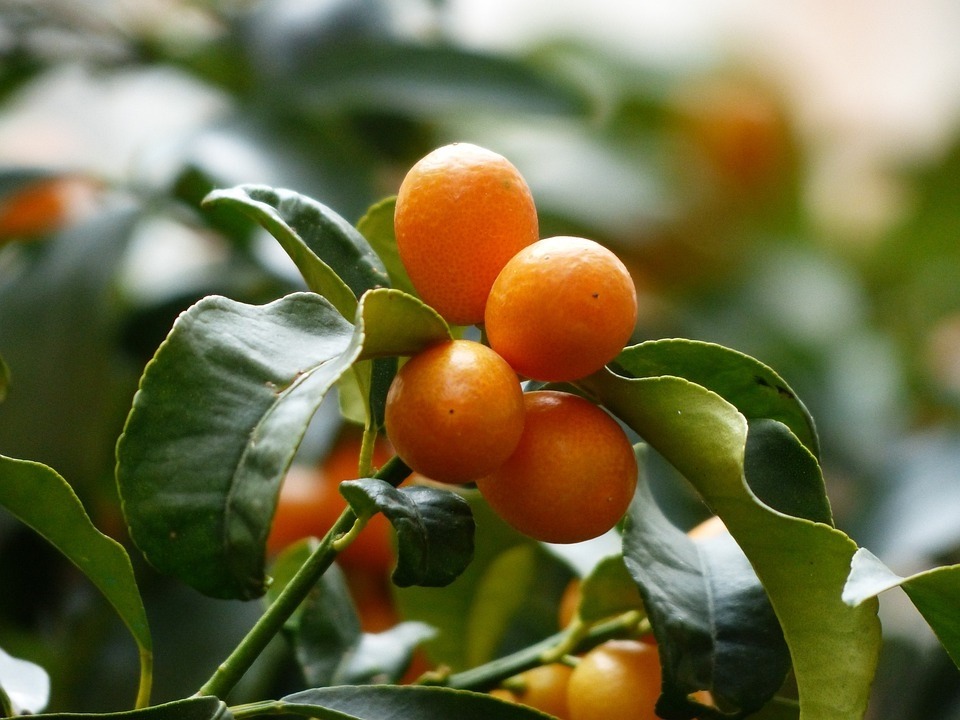
Taste
Calamansi tastes bitter and sour while the kumquat is slightly sweet and sour. Calamansi juice can be made as a beverage mixed with honey or sugar to sweeten its juice. It is also used to marinate meat or fish which will create a delectable taste in some dishes.
Whereas, kumquat can be consumed fresh and raw because of its’ sweet tang. It is used to mix dishes such as salads, cakes, cookies, bread, etc. Like calamansi, it is also used in marinating meat and fish dishes.
Seeds
Kumquat vs calamansi seeds have little difference, they are most likely similar to each other.
Nutritional Value
Both fruits are rich in vitamin C. these are a source of Antioxidants that protect our body cells against free radicals. Drinking its’ juice may reduce the propensity of heart disease and cancer.
Is it the same fruit?
Both belong to the citrus family and have the same benefits for health, but calamansi and kumquat are not the same. They are different in characteristics and features. When in terms of their tree, they show variance in appearance and qualities.
To explore more of it, let’s continue our search for this fruit and see more of its differences and uniqueness.
Major Differences Between the Calamansi vs Kumquat
Without its fruits, we can identify the difference between Calamansi to Kumquat by simply recognizing its tree. Let’s learn how to recognize their difference.
Tree Stature
The calamansi tree grows its height at around 3-6 feet or 10 to 20 m but can grow as high as 25 feet or 7.6 m. On the other hand, kumquat’s height raises around 8-15 feet or 2.4 to 4.5 m. Its growth will depend upon the variety of the tree.
The usual plant will grow taller but a dwarf tree will grow shorter. The kind of soil, the amount of water and sunlight as well as the applied fertilizers will determine its growth. Some farmers use to plant these trees and prefer to prune them, to grow them shorter but still produce abundant fruits.
Some farmers use the method of “marcotting” the plant to accelerate its growth of these plants rather than planting with the seeds.
Color and Size of Flowers
The flowers of these plants are indicators of the coming of their fruits. However, not all flowers will turn to fruit. Some of these may be eaten by insects or will not grow by themselves depending on the condition of the environment around them.
The color difference between calamansi vs kumquat flowers is white with a fragrant smell. Calamansi flowers are small and soft. At the onset of summer in the Philippines, the Calamansi Plant started to produce more and more flowers until the end of the season.
The flowering period of calamansi can be prolonged by several months, and its fruiting duration usually continues from 6 to 9 months. Compare to kumquat, with the appropriate care, its large, aromatic flowers appear for 21 days around the month of July or August. From these flowers, the small orange Kumquat fruits will appear.
Development of Thorns
During the early stage of the growth of Calamansi and Kumquat Tree, thorns are not developed. But as they mature and grow older it starts to appear in their stems. For Calamansi tree thorns can grow at about 1.3 to 5 cm or 0.5 inches to 2 inches long. While the Kumquat tree does not develop a thorn even if it grows mature or older.
Shape and Color of Leaf
The kumquat leaves have thinly elongated in shape while to calamansi leaves are likewise then but round-oval in shape with pointed tips on both ends. The color of its leaf is light green when young and turns to dark green when it becomes mature.
Gradually, as it grows older its color turns to yellow and finally to brown as it withers and falls from its branch. Both leaves produce a good aromatic smell.
Bark and Branches
When the stem of Calamansi and Kumquat are both young, their color is usually green. As it develops and grows mature its stems and branches turn from soft to sturdy. Its branches also grow bigger. After a couple of years, the color of these trees’ stems and branches turns from green to brown. The longer it lived the stronger its branches become.
Roots
Though they can grow bigger and taller in your backyard, Calamansi and Kumquat can also be planted and grown in a pot. Nonetheless, its root will have a limited area to grow and limited nutrients to take.
The roots of these trees are tiny at their younger periods and grow better and stronger as they spread deeper. The roots are an important part of any plant since this part is the one responsible to carry water and nutrients for the rest of its part.
The fruit it bears will also depend on the nutrients it takes from the soil. There are times when pests may infiltrate the root and may cause the plant to grow at a slower pace, damage, or die than grow better and healthier.
Most farmers do not only care for the entire stem, leaves, branches, and fruits of a plant, but they also give proper attention to the roots, which are a vital part of the plant, that is responsible to takes nutrients for the rest.
Conclusion
Growing a plant is just like taking care of life. It is a give-and-take process, a symbiotic relationship. Before reaping what we sow, enjoying the fruit of your labor, you must learn to give and it will be given back to you. It is like investing and gaining a profit. Growing plant such as Calamansi and Kumquat is as challenging as growing a child. You also have to nurture it, cultivate it, and prune it when it is needed, to expect a better outcome. We do not simply plant and let it grow on its own and expect a fruitful harvest without investing time and effort in it.
Meet Tomas Clayton, a seasoned plant gardener who has been passionate about horticulture since he was a child. Tomas John developed a love for the natural world and a strong appreciation for the beauty of plants while growing up on a farm.

